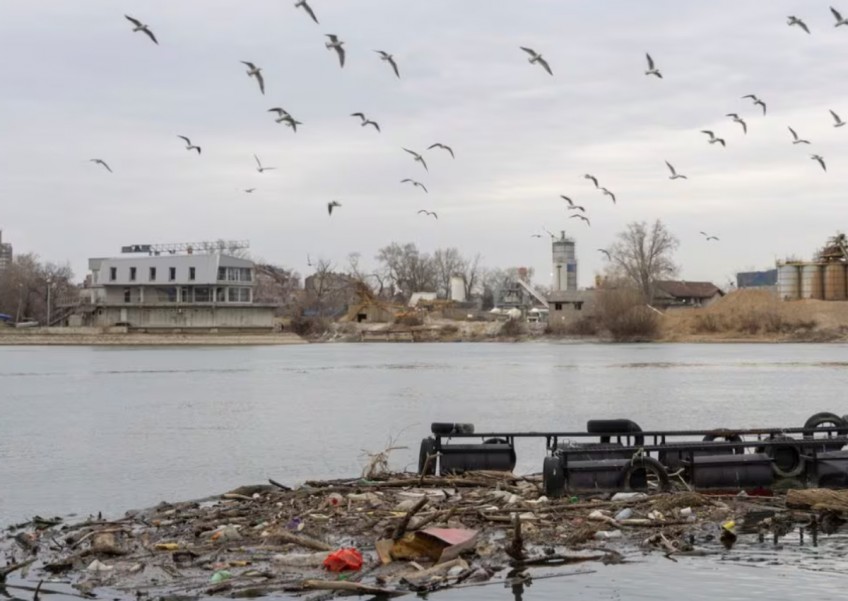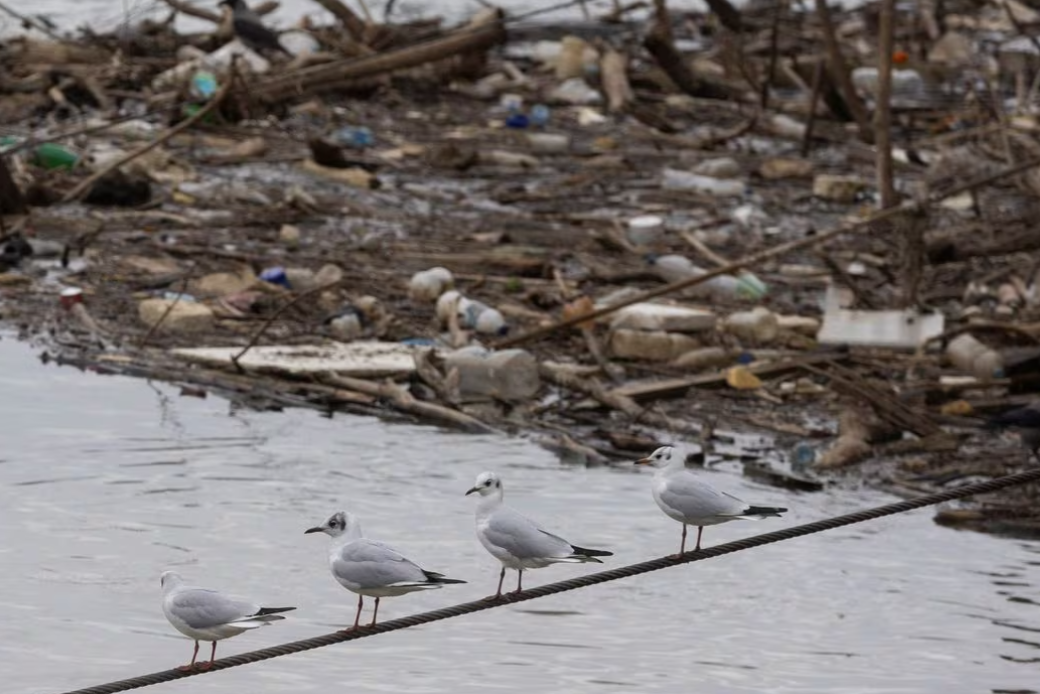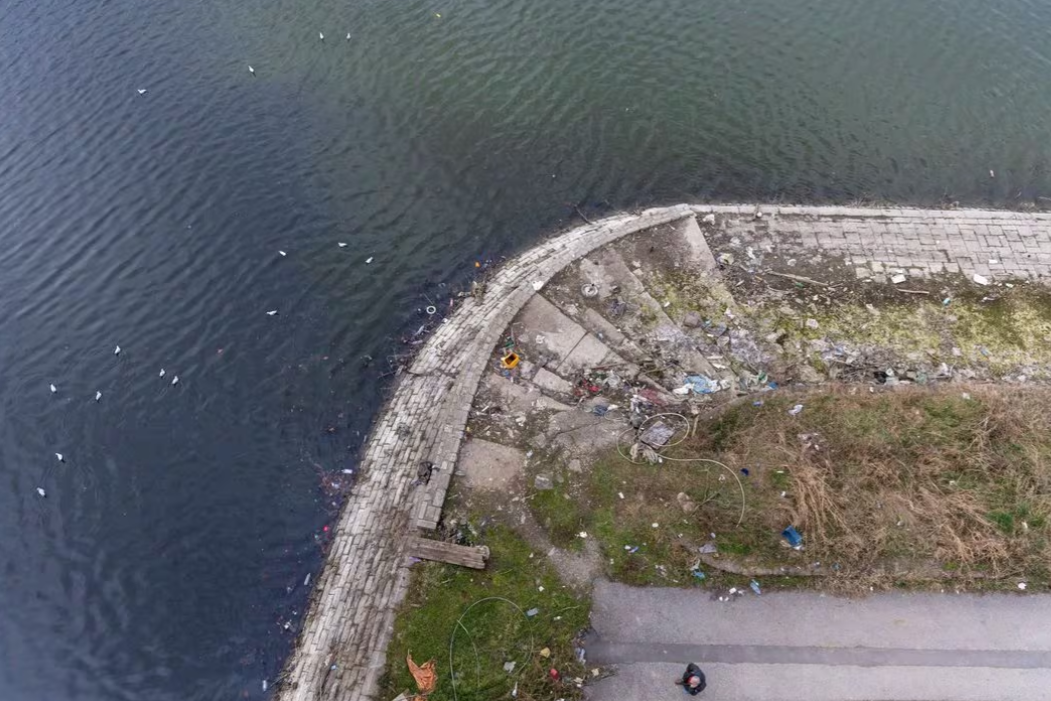Smelly Serbian wastewater adds to environmental woes


BELGRADE — Next to a block of new high-rises in Belgrade's upscale Waterfront neighbourhood, a foul-smelling stream spews sewage directly into the Sava River, one of scores of outlets polluting the city's waters.
Belgraders who own floating summer homes on the river say they fear to swim there anymore. Some fish stocks are depleting, anglers say.
Serbia's capital is famous for its air pollution, caused by coal plants and old cars. But the trouble does not end there.
It dumps enough untreated sewage each year to fill 60,000 Olympic swimming pools, government data show, threatening wildlife downstream and contributing to the city's reputation as one of the worst polluters in Europe.
The problem, caused by a lack of treatment plants, further complicates Serbia's bid to the join the European Union, which demands far stricter standards than those enforced in Belgrade and across the Balkans, experts say.
"It stinks. Every year is worse than the previous one, we do not even buy fish from the Danube and Sava," said Dejan Nikolic, who owns a house on the Sava. He has not swum in the river for years, he said.

Before it joins the EU, Serbia must aim to process over 90 per cent of urban wastewater. The figure is currently 15 per cent, government data show. Other Balkan countries like Albania and Bosnia Herzegovina do not fare much better.
"Serbia ranks lowest (in Europe) in this category," said Mirko Popovic of the Belgrade-based Renewables and Environmental Regulatory Institute.
In a report last month, the State Audit Institution said 70 per cent of settlements have no access to wastewater treatment. Meeting these and other environmental standards will cost Serbia around 15 billion euros (S$21.8 billion), government officials say.
Serbia's government has until 2040 to build treatment plants for towns and cities. It says it is on track and has already invested four billion euros.
The government is "working intensively" on measures to protect water from pollution, the environment ministry told Reuters. "These are very complex infrastructure projects, with a long period of implementation."
Serbia began EU accession talks a decade ago. Economic, judicial and legal reforms are required, as is repairing thorny relations with neighbouring Kosovo.
Serbia's agricultural economy industrialised quickly after World War Two. Now the skyline of Belgrade is dotted with smokestacks from Communist-era factories. Smog frequently engulfs the city. The country ranks one of the highest in the world for premature deaths attributed to pollution.
Laws dictate that industry must treat its waste, but few have access to processing plants. Producers of food, textiles and pharmaceuticals often dump wastewater directly into sewers.

Out of nine wastewater projects due in 2023, six were behind schedule, the state audit report said.
Three years ago, Serbia signed a 3.2-billion-euro deal with China Road and Bridge Corporation to improve waste utilities and sewers as part of the "Clean Serbia" project.
Dusan Radonjic, assistant minister for infrastructure, told state RTS TV last month that 5,000 km of sewers and 159 wastewater processing facilities were planned as part of the project.
But residents say it is happening too slowly.
Speaking by the sewer outlet in Belgrade's Waterfront neighbourhood, Vladimir Stakic, publisher of Serbia's Angling Magazine, says he has stopped eating fish from the area.
Carp and catfish, which feed on the waste, are abundant, while whitefish, pike and zander are harder to find in polluted areas.
"I am shocked whenever I see people fishing here, metres from a sewage outlet," he said.
ALSO READ: Waste from Adidas, Walmart, other brands fuelling Cambodia brick kilns: Report